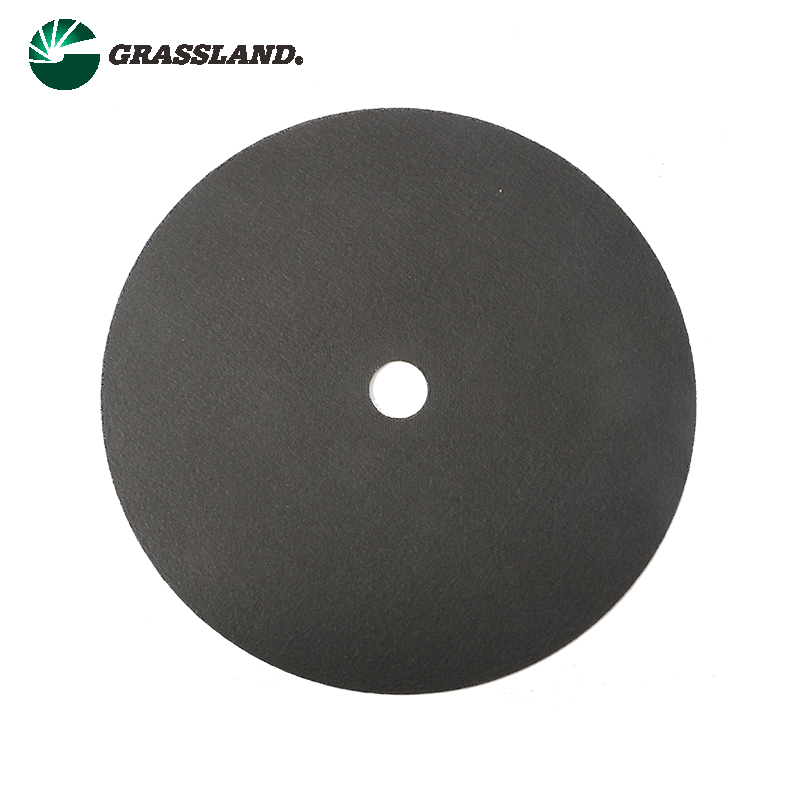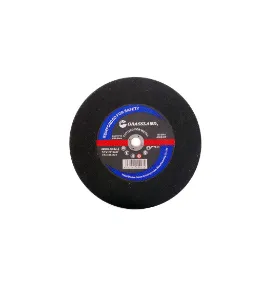

When discussing cutting discs, it's important to address the bonding material. The bond type affects the disc’s hardness, influencing its rate of wear and ability to withstand heat. A hard-bonded disc cuts slowly but lasts longer, while a soft-bonded one may cut faster but wears quickly and is more suited for grinding metals, not just cutting. The disc's grain size also matters; larger grains can remove more material quickly, but may sacrifice the smoothness of the cut. Safety should never take a back seat when working with cutting discs. Recognized safety standards, such as those provided by OSHA or ANSI, should be adhered to. Always ensure that whichever disc you choose is designed to work with your specific equipment and is used correctly. Protective gear such as goggles, gloves, and ear protection should be non-negotiable parts of your toolkit. Regular maintenance and inspection of tools also ensure operational safety and longevity of both the tool and the cutting discs. Armed with this information, making the best choice in cutting discs becomes a matter of evaluating your specific needs against the features and specifications discussed. Taking the time to understand these components not only enhances your craftsmanship but also positions you as a professional with a keen eye for detail and a commitment to quality and safety, which can significantly enhance your credibility and reputation in the field.
Post time:Feb - 07 - 2025

















